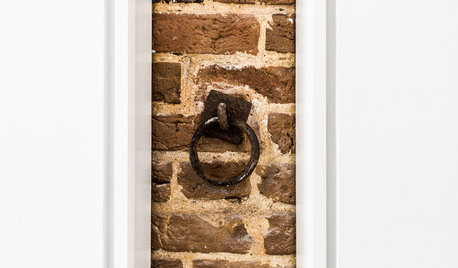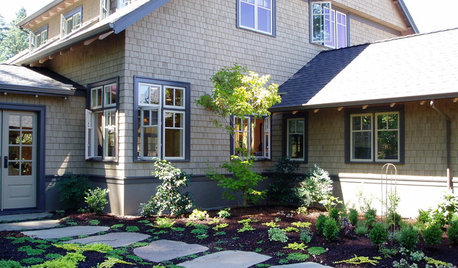New Windows -lead paint removal
Norwell82
12 years ago
Related Stories

HEALTHY HOMEGet the Lead Out: Lead Safety at Home
Keep your family safe by properly testing for and dealing with lead in old painted surfaces, water and soil
Full Story
HOUZZ TOURSMy Houzz: Less Room Leads to Creative Chic in Manhattan
It may be tiny, but this studio in a coveted location shows high design, savvy reuse and an artistic sensibility
Full Story
HOUZZ TOURSMy Houzz: Lake Views Lead a Luxury Vermont Home
An idyllic waterfront vista, an indoor sauna and a four-star game room keep wintertime cabin fever in check for two Russian expats
Full Story
HOUZZ TOURSMy Houzz: Cliff May Homeowners Lead the Way in Long Beach
Two Realtors and their renovated home set the bar for midcentury nostalgia and style in their Cliff May tract
Full Story
FUN HOUZZ10 Leading-Role Movie Houses
Architecture and interior design steal the show in these 10 house-focused flicks
Full Story
HOUZZ TOURSHouzz Tour: A New Shower Leads to a Whole-House Remodel
Cohesion is the new name of the game for this transformed Arizona home, a dramatic departure from its former awkwardness
Full Story
LIFEYou Said It: ‘Rather Than Remove Them, They Framed Them’
Design advice, inspiration and observations that struck a chord this week
Full Story
DECORATING GUIDES11 Ways to Work With a Windowless Room
See how to use French doors, white paint, draperies and more to brighten a space and trick the eye
Full Story
KITCHEN DESIGN10 Gorgeous Backsplash Alternatives to Subway Tile
Artistic installations, back-painted glass and pivoting windows prove there are backsplash possibilities beyond the platform
Full Story
WINDOWSShould My Window Trim Match — or Contrast With — the Sash?
The short answer: It depends
Full Story







Windows on Washington Ltd
brickeyee
Related Professionals
Arlington Window Contractors · Northbridge Window Contractors · San Ramon Window Contractors · Edwardsville Window Contractors · Idylwood Window Contractors · Ridgefield Park Interior Designers & Decorators · Three Lakes General Contractors · Clarksville General Contractors · Mashpee General Contractors · New Carrollton General Contractors · Rancho Santa Margarita General Contractors · Union Hill-Novelty Hill General Contractors · Valley Stream General Contractors · Concord Carpenters · Fort Myers CarpentersWindows on Washington Ltd
toddinmn
mmarse1
toddinmn
pam29011
brickeyee
skydawggy
toddinmn
pam29011
mmarse1
brickeyee
skydawggy
toddinmn